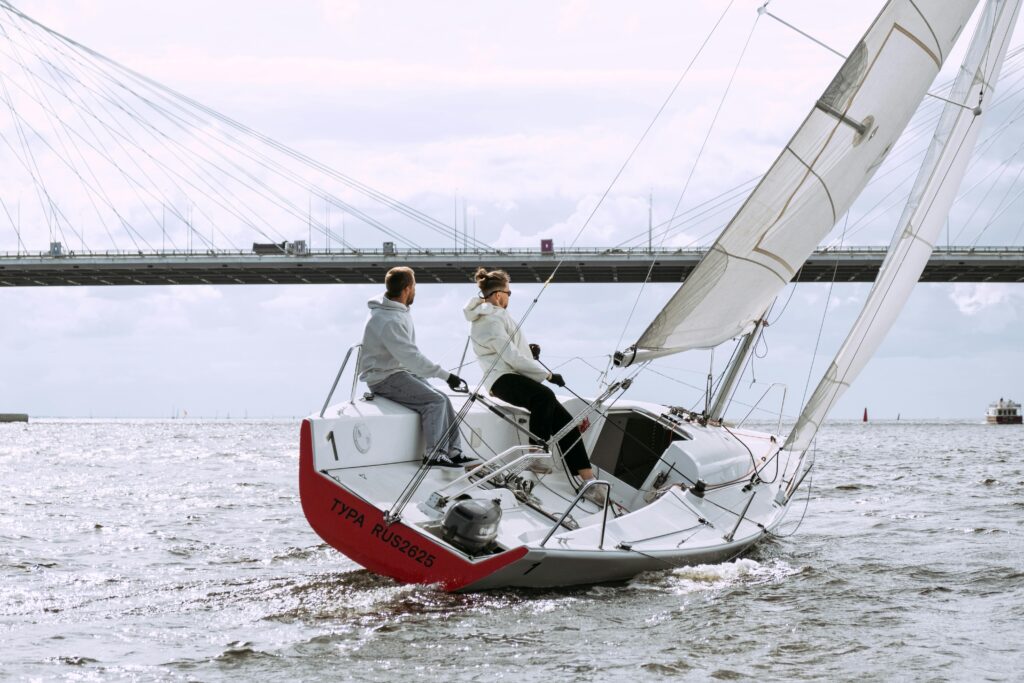
Confirm that the motor moves along as planned, check for spills, and review the propeller for harm. Guarantee that fuel lines and associations are secure. Test every electrical framework, including lights, route gear, and batteries. Check for any frayed wires or free associations. Examine the deck for free fittings, harmed equipment, and breaks. Guarantee that railings and handholds are secure. Guarantee that all necessary wellbeing hardware is locally available and looking great. This incorporates life coats, flares, fire dousers, and an emergency treatment pack.

Check that you have sufficient fuel for the whole journey, including a hold supply. Guarantee that gas tanks are full and that there are no breaks. Check oil levels and top up on a case-by-case basis. Check for any indications of breaks around the motor.

Guarantee that the coolant levels are satisfactory and that the cooling framework is working appropriately. Take a look at the bilge for any water gathering and guarantee that the bilge siphon is working accurately.

Appropriate fuel and liquid levels are significant for the protected and productive activity of your boat. Check that GPS, graphs, and other route instruments are working accurately. Guarantee that you have refreshed guides and diagrams for your journey.


Store security staff, devices, and other gear in their assigned spots. Guarantee that everything is dry and appropriately kept up with. Top off fuel and liquids on a case-by-case basis. Restock any provisions utilized during the journey. Clean the boat completely after each journey, including the inside, deck, and frame. Examine for any harm or wear that needs consideration
